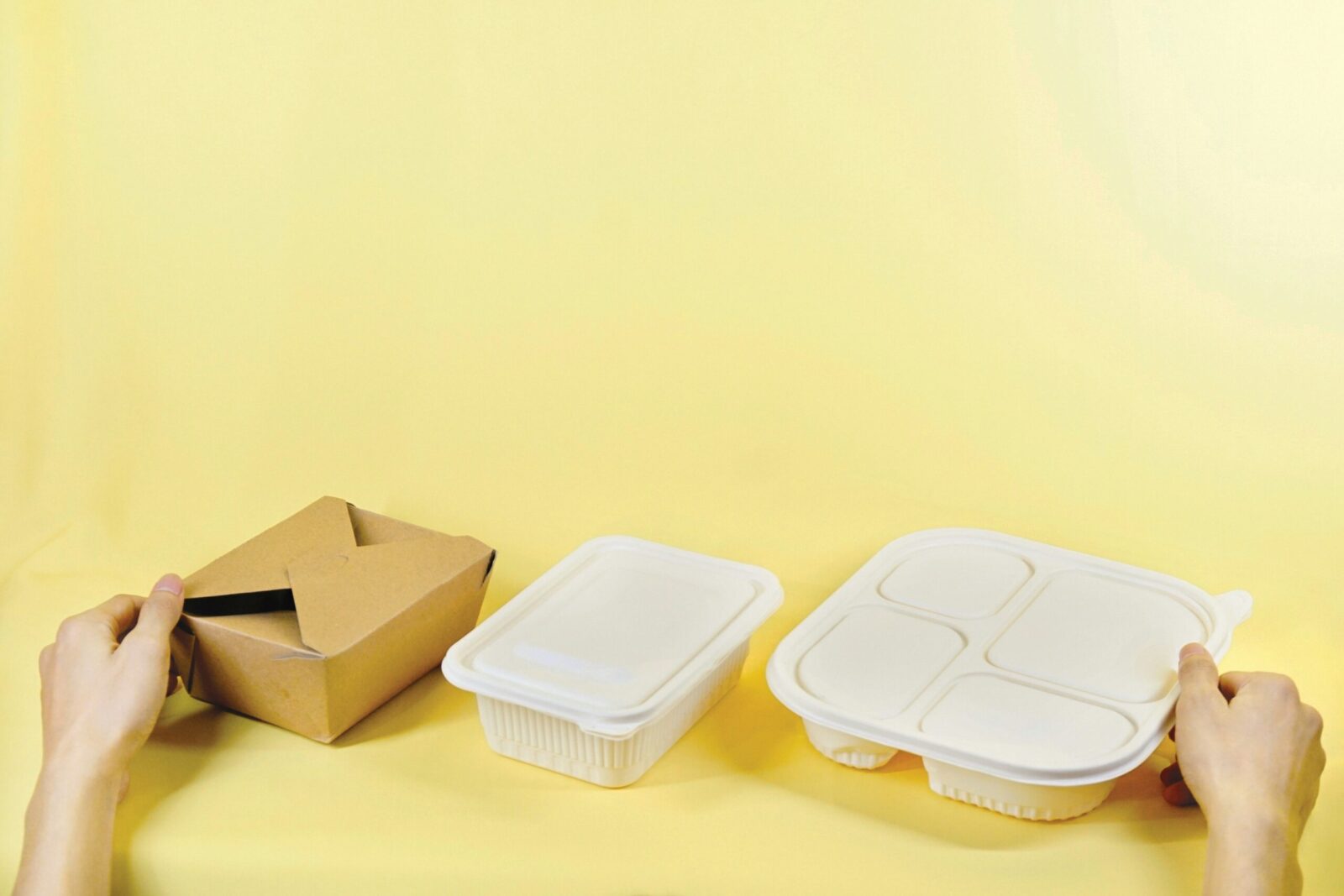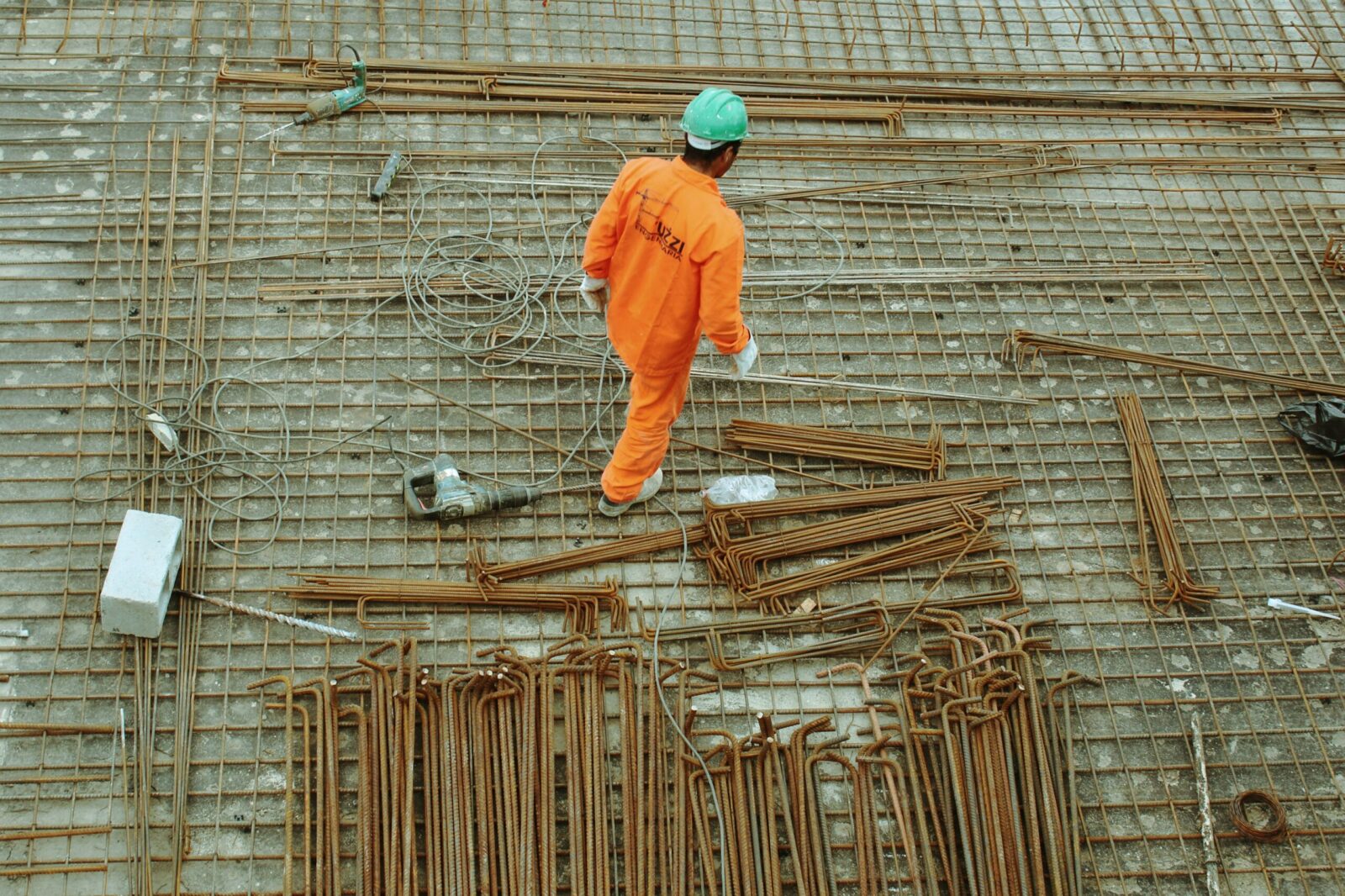
What is the EN 13432 Standard?
Biodegradable packaging has become increasingly important in recent years as the world seeks more sustainable alternatives to traditional packaging materials....

Get 20€ off on your first order!
Standard EN407 is a crucial benchmark for protective gloves, specifically designed to assess their resistance to thermal hazards. Whether you’re working in industrial settings, handling hot objects, or dealing with flames, understanding EN407 is essential for ensuring your safety. In this article, we will break down the key components of EN407, its significance, and how it impacts your choice of protective gear.
Resistance to flammability, evaluated according to the EN407 standard, is a critical measure of a glove’s ability to withstand exposure to flames. The test method, based on EN ISO 15025 (procedure A), subjects the glove material to direct flame contact for a duration of 15 seconds. Following exposure, the after-flame and after-glow times are meticulously recorded. Interpretation of results is straightforward, with ratings ranging from 0 to 4 based on the duration of after-flame and after-glow. A rating of Level 0 indicates that the after-flame or after-glow time surpasses specified limits, posing a potential risk. Conversely, a Level 4 rating signifies the highest level of resistance, where both after-flame and after-glow times meet stringent criteria, offering optimal protection with minimal residual heat.
Contact heat resistance, as assessed by the EN407 standard, is a pivotal aspect of glove performance, particularly in environments where exposure to hot surfaces is prevalent. The test, conducted according to EN 702, involves placing the glove material on a heated plate and measuring the time it takes for the temperature on the inner side to increase by 10°C. Results are interpreted on a scale of 0 to 4, with each level indicating the temperature threshold at which the glove provides protection for a minimum duration of 15 seconds. A Level 0 rating signifies inadequate protection, while a Level 4 rating indicates superior resistance to high temperatures, offering reliable safeguarding against thermal hazards.
Convective heat resistance, a key parameter evaluated under the EN407 standard, is instrumental in assessing a glove’s ability to withstand heat transfer through convection. The test, conducted in accordance with ISO 9151, subjects the glove material to a controlled flame, measuring the time it takes for the temperature to rise by 24°C on the inner side. Results are interpreted on a scale of 0 to 4, based on the heat transmission delay time. A Level 0 rating indicates minimal resistance, while a Level 4 rating signifies optimal protection, with the glove material demonstrating significant delay in heat transmission, essential for safeguarding against convective thermal hazards.
Radiant heat resistance, a crucial factor assessed within the framework of EN407, gauges a glove’s capability to withstand heat emanating from radiant sources. The evaluation, adhering to ISO 6942 standards, entails subjecting the glove material to radiant heat, monitoring the time it takes for the inner temperature to increase by 24°C. Ratings are assigned on a scale of 0 to 4, contingent upon the delay in heat transmission exhibited by the material. A Level 0 rating indicates minimal resistance, whereas a Level 4 rating denotes exemplary performance, signifying substantial delay in heat transfer and ensuring effective protection against radiant thermal hazards.
Small splashes of molten metal resistance, a critical aspect evaluated in compliance with EN407 standards, assesses the ability of glove materials to withstand exposure to molten metal droplets. The test, conducted following EN 348 guidelines, involves exposing the glove material to droplets of molten metal and quantifying the number of droplets required to elevate the inner surface temperature by 40°C. Results are interpreted on a scale of 0 to 4, depending on the number of droplets needed to reach the specified temperature threshold. A Level 0 rating indicates minimal protection, while a Level 4 rating signifies exceptional resistance, indicating the ability to endure a significant number of molten metal droplets without compromising the glove’s integrity.
Large quantities of molten metal resistance, a crucial criterion assessed within the EN407 standard, evaluate the capability of glove materials to withstand exposure to significant amounts of molten metal. The evaluation, following ISO 9185 guidelines, entails pouring molten metal onto the glove material and examining it for adhesion or perforation. Results are interpreted on a scale of 0 to 4, depending on the amount of molten metal required to cause material damage. A Level 0 rating indicates vulnerability to even small quantities of molten metal, while a Level 4 rating signifies exceptional resistance, indicating the ability to endure large quantities of molten metal without material damage.
The EN407 standard measures the heat resistance of protective gloves. The markings consist of six digits, each representing a specific test rating from 0 to 4, with 4 being the highest level of protection. The first digit (A) indicates resistance to flammability; the second (B), contact heat resistance; the third (C), convective heat resistance; the fourth (D), radiant heat resistance; the fifth (E), resistance to small splashes of molten metal; and the sixth (F), resistance to large quantities of molten metal. A score of 0 means the glove failed the test, while an X indicates the test was not performed. For example, a marking of 413X34 means the glove scores 4 in flammability resistance, 1 in contact heat resistance, 3 in convective heat resistance, was not tested for radiant heat resistance, and scores 3 and 4 for resistance to small and large molten metal splashes, respectively.
EN407 Test Result Markings
| Code | Protection Type | Rating Range | Meaning of Ratings |
|---|---|---|---|
| A | Flammability Resistance | 0-4 | 0: Failed; 1-4: Increasing resistance to flames |
| B | Contact Heat Resistance | 0-4 | 0: Failed; 1-4: Increasing resistance to direct heat |
| C | Convective Heat Resistance | 0-4 | 0: Failed; 1-4: Increasing resistance to convective heat |
| D | Radiant Heat Resistance | 0-4 | 0: Failed; 1-4: Increasing resistance to radiant heat |
| E | Resistance to Small Molten Metal | 0-4 | 0: Failed; 1-4: Increasing resistance to small splashes |
| F | Resistance to Large Molten Metal | 0-4 | 0: Failed; 1-4: Increasing resistance to large splashes |
Products with the EN407 standard are widely used in industries where heat exposure poses a significant risk. In foundries and metalworking, these gloves protect workers handling molten metals or hot machinery. They are also essential in glass manufacturing, where employees deal with extremely high temperatures. In welding, EN407-rated gloves shield against sparks, flames, and heat from welding torches. Workers in oil and gas refineries use these gloves to handle hot equipment safely. Additionally, they are crucial for firefighters and emergency responders requiring reliable protection against intense heat and flames.
Understanding the EN407 standard and its implications is vital for ensuring workplace safety in environments where thermal hazards are prevalent. By comprehending the test methods and result interpretations outlined in EN407, individuals can make informed decisions when selecting protective gloves. Whether working in welding, firefighting, industrial manufacturing, or other high-temperature environments, having gloves that meet EN407 standards can significantly reduce the risk of burns and injuries. Remember to look for gloves with appropriate markings indicating their performance levels in various categories, and prioritize those that offer the highest levels of protection for your specific work conditions. Ultimately, investing in EN407-compliant gloves is a proactive step towards mitigating thermal hazards and promoting a safer work environment.
Thank you! You've signed up for our newsletter.



















Biodegradable packaging has become increasingly important in recent years as the world seeks more sustainable alternatives to traditional packaging materials....

EN ISO 9001 Certification plays a vital role in ensuring the success and credibility of an organization. It is a...

The EN 1149-5 standard defines requirements for electrostatic discharge protective clothing. This standard ensures that clothing minimizes static electricity buildup,...

Biodegradable packaging has become increasingly important in recent years as the world seeks more sustainable alternatives to traditional packaging materials....

EN ISO 9001 Certification plays a vital role in ensuring the success and credibility of an organization. It is a...

The EN 1149-5 standard defines requirements for electrostatic discharge protective clothing. This standard ensures that clothing minimizes static electricity buildup,...
Get 20€ off on your first order!
Save 30% by buying directly from brands, and get an extra 10€ off orders over €100
Save 30% by buying directly form brands, and get an extra 10€ off orders over €100